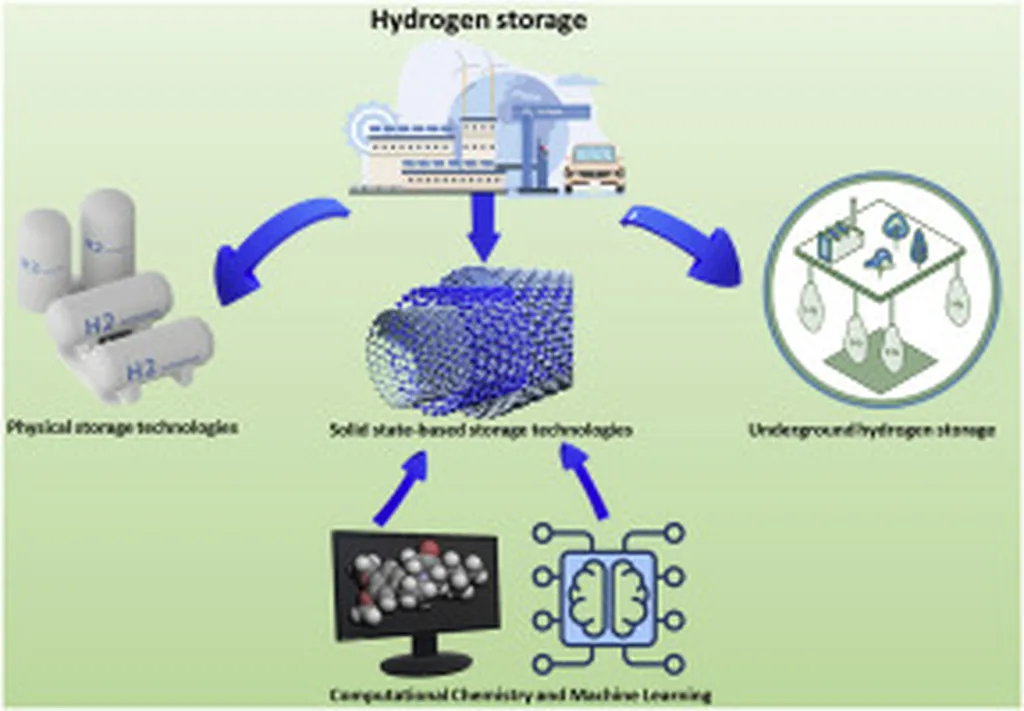Researchers from the Federal University of Minas Gerais in Brazil, along with collaborators from the University of Science and Technology of China, have published a study in the journal *ACS Applied Materials & Interfaces* exploring a novel material for hydrogen storage. The team, led by Jose A. S. Laranjeira and Luiz A. Ribeiro Junior, investigated the potential of a sodium-decorated porous carbon nitride monolayer, known as Na@P-C3N, for high-capacity and reversible hydrogen storage.
The study begins by highlighting the importance of developing effective hydrogen storage materials to facilitate carbon-neutral energy systems. The researchers employed first-principles calculations to examine the properties of Na@P-C3N. They found that sodium atoms preferentially adsorb onto the material with a significant adsorption energy of -4.48 eV, which helps to prevent the sodium atoms from clustering together. This decoration of sodium atoms transforms the material from a semiconductor to a metallic state, enhancing its conductivity. Additionally, the team confirmed the thermal stability of Na@P-C3N at room temperature (300 K) through ab initio molecular dynamics simulations.
The researchers then explored the hydrogen storage capabilities of Na@P-C3N. They discovered that hydrogen molecules interact with the material through weak physisorption, with adsorption energies ranging from -0.18 to -0.28 eV. This interaction allows for hydrogen desorption temperatures between 231 and 357 K, making it suitable for practical applications. Notably, the system can stably absorb up to 16 hydrogen molecules per unit cell, achieving a gravimetric storage capacity of 9.88 weight percent. This capacity exceeds the target set by the U.S. Department of Energy, demonstrating the potential of Na@P-C3N as a lightweight, stable, and reversible hydrogen storage material.
The practical applications of this research for the energy sector are significant. Effective hydrogen storage is crucial for the widespread adoption of hydrogen as a clean energy carrier. The development of materials like Na@P-C3N could facilitate the storage and transport of hydrogen, enabling its use in fuel cells for various applications, including transportation and stationary power generation. Additionally, the lightweight and stable nature of Na@P-C3N makes it a promising candidate for integration into existing energy infrastructure, supporting the transition to a more sustainable and carbon-neutral energy system.
In summary, the study by Laranjeira, Ribeiro Junior, and their collaborators presents a promising advancement in the field of hydrogen storage. The sodium-decorated porous carbon nitride monolayer, Na@P-C3N, demonstrates high capacity and reversible hydrogen storage capabilities, addressing a critical need for carbon-neutral energy systems. As the energy industry continues to explore and adopt hydrogen as a clean energy carrier, materials like Na@P-C3N could play a pivotal role in enabling a more sustainable energy future.
This article is based on research available at arXiv.

